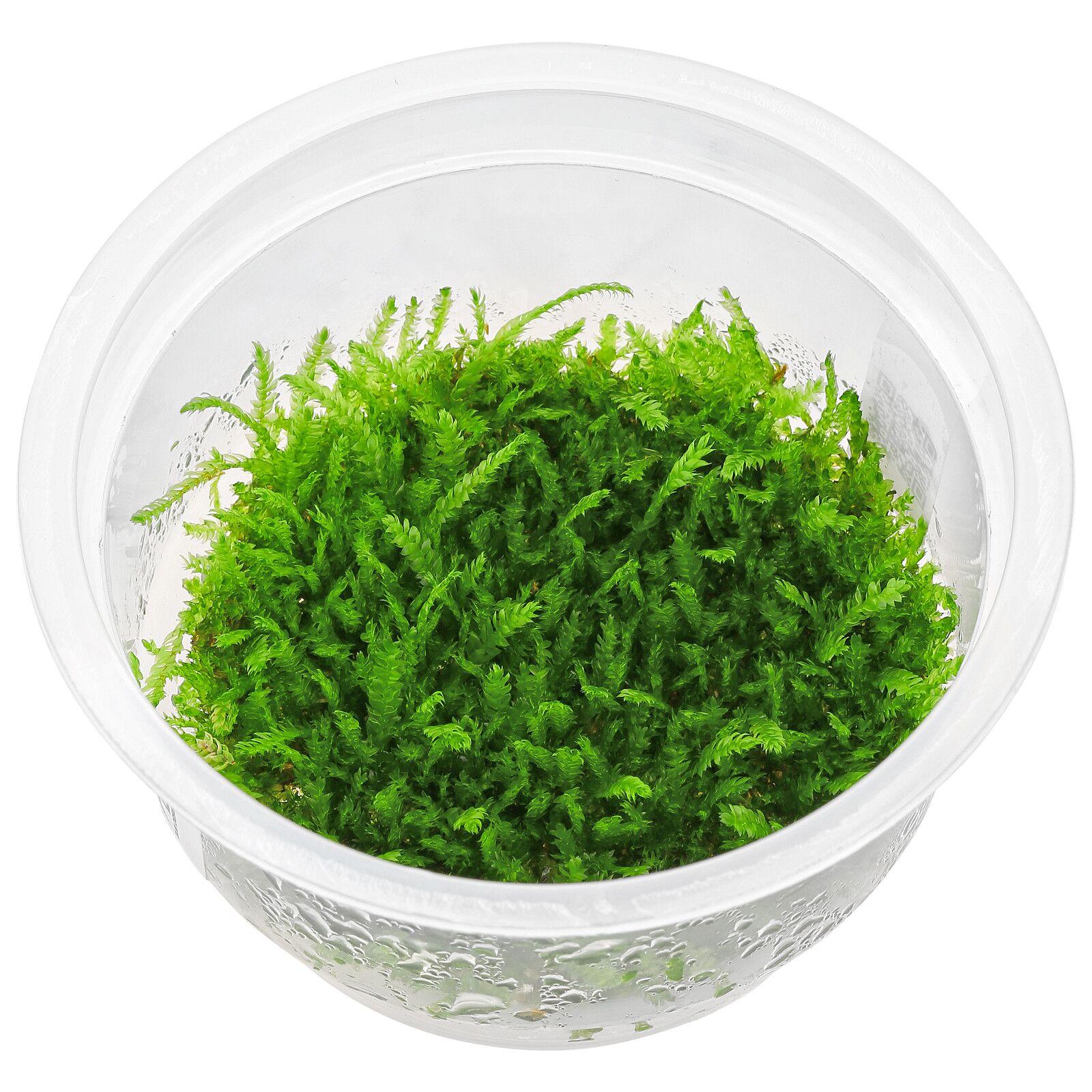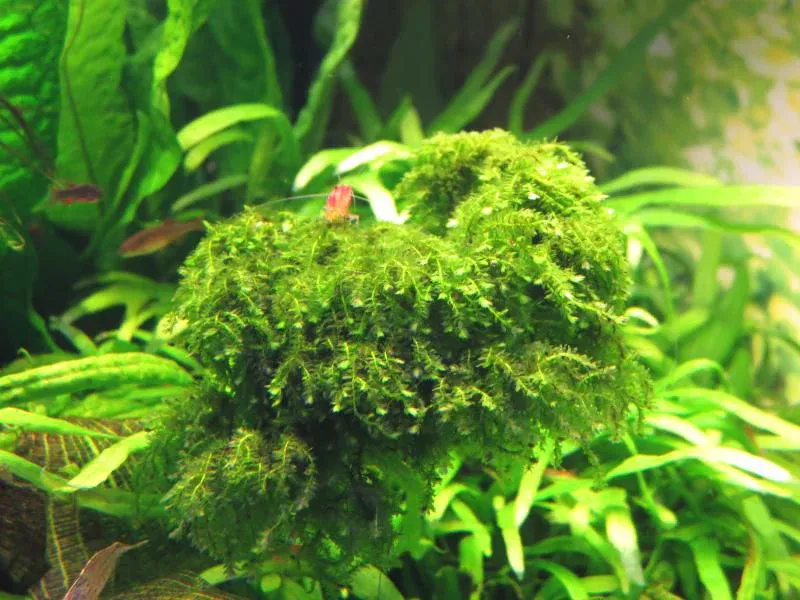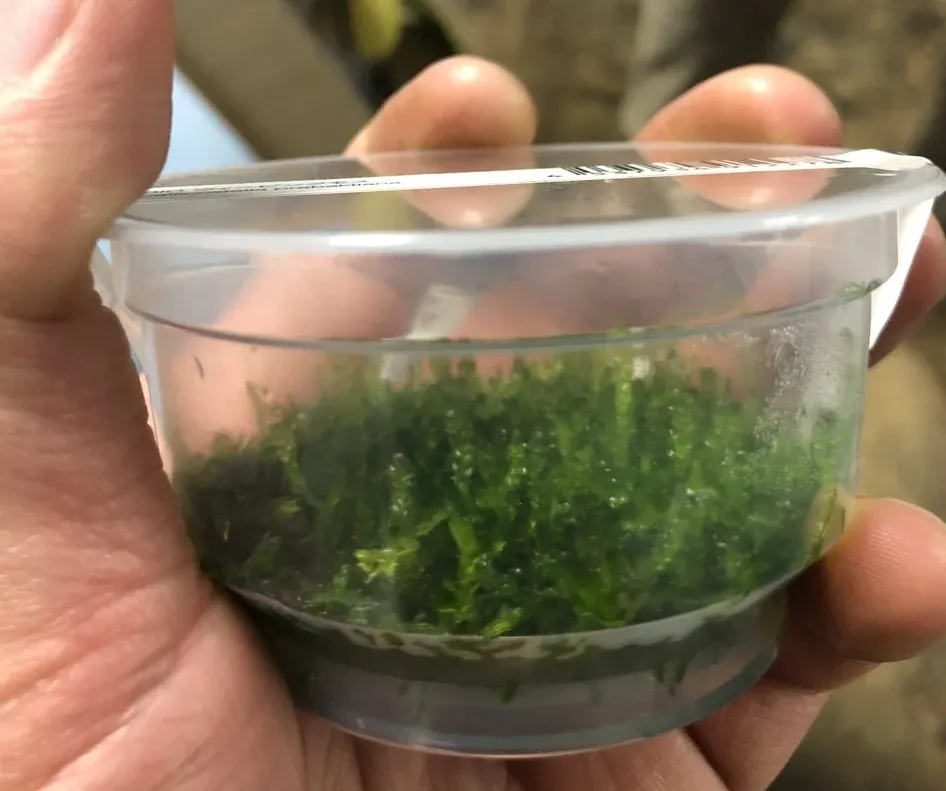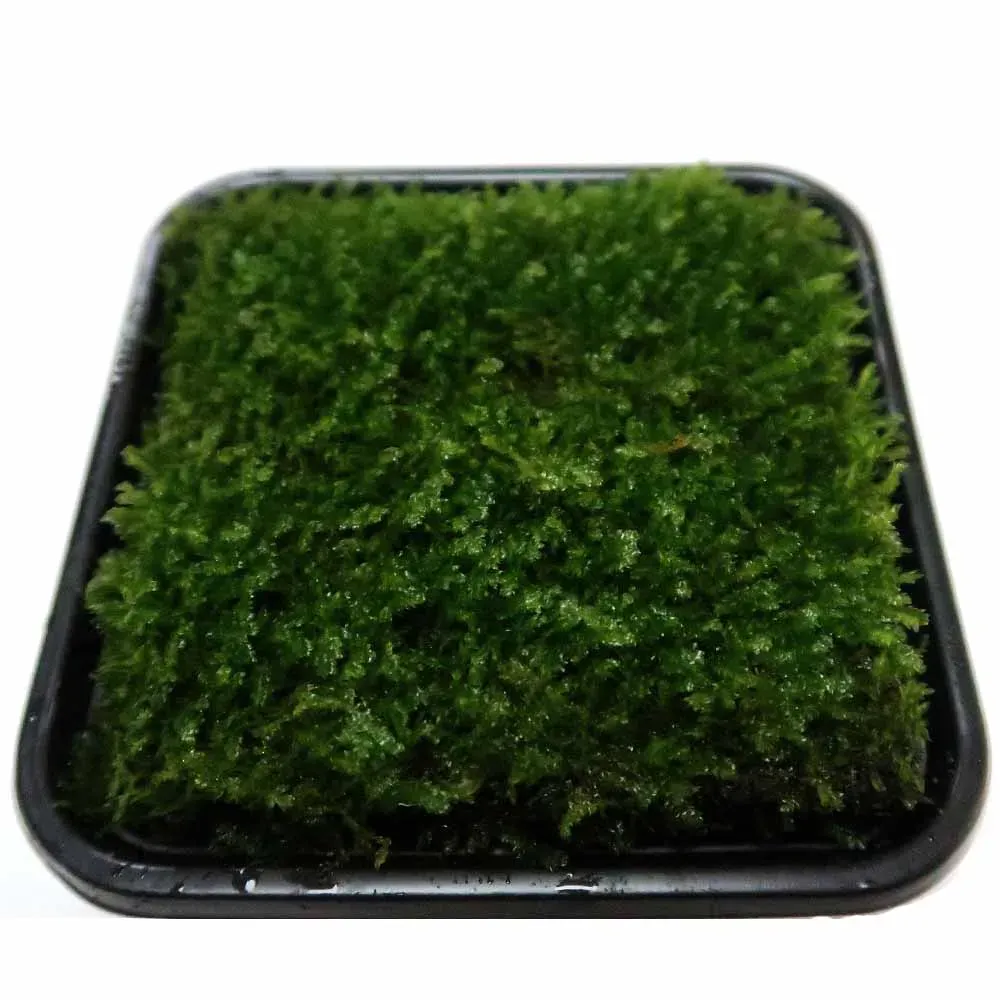
ca59f347265184bf0d5be2d550a64423.png from: https://www.pinterest.de/pin/831758624912008579/
Exploring the Fascinating World of Callicostella disticha Ångstr. Moss

403094.jpg from: https://inpn.mnhn.fr/espece/cd_nom/6797/tab/taxo
Mosses are often overlooked, but they play crucial roles in ecosystems around the world. One particularly interesting species is Callicostella disticha Ångstr., a moss in the Pilotrichaceae family. Also known simply as Callicostella, this moss has some unique characteristics. Let’s dive in and learn more about this fascinating bryophyte!
Background on Mosses
Mosses are non-vascular plants in the division Bryophyta. Unlike other plants, they lack true roots, stems, and leaves. Instead, they have rhizoids, stems, and phyllids. Mosses are found on every continent and play important ecological roles. There are over 12,000 species of moss!
Morphology and Identification
Callicostella disticha is a pleurocarpous moss, meaning it has a branching, feather-like growth form. Its scientific name comes from the Greek words kallos meaning “beautiful” and kostellion meaning “little rib”, referring to the attractive, ribbed appearance of the leaves. The species name disticha means “two-ranked”, describing how the leaves are arranged in two opposite rows on the stem.
Callicostella has ovate-lanceolate leaves with a toothed margin near the leaf tip. The leaves are 1-2 mm long. When dry, the leaves become crinkled or wavy. The seta (stalk bearing the spore capsule) is rough and reddish-brown, measuring 1-2 cm long. Capsules are inclined to horizontal and

Calliergonella-cuspidata-Kister-Fen-Wayne-County.jpg from: https://ohiomosslichen.org/foray-wayne-summer-2018/

922-1-leucobryum-glaucum.jpg from: https://www.socfindoconservation.co.id/plant/922
asymmetric.
Global Distribution and Habitat
This moss has a pantropical distribution, found in tropical regions around the world including Central and South America, Africa, and Asia. It grows on rotting logs, tree bases, rocks, and soil in humid forests from lowlands to 2,400 m in elevation. Callicostella thrives in partial shade in moist habitats.
Ecological Roles and Adaptations
Like other mosses, Callicostella plays an important role in its ecosystem:
- Helps retain moisture and prevent erosion
- Provides shelter for micro-organisms and small invertebrates
- Serves as a seed bed for larger plants
- Involved in nutrient cycling and carbon storage
Callicostella has several adaptations that allow it to thrive:
- Leaves arranged to efficiently capture water and light
- Rhizoids anchor the moss and absorb water and nutrients

A-C-Semi-conical-papilla-in-Callicostella-pallida-Hornsch-Angstr-A-Young-leaf-with.png from: https://www.researchgate.net/figure/A-C-Semi-conical-papilla-in-Callicostella-pallida-Hornsch-Angstr-A-Young-leaf-with_fig3_261698068
- Able to dry out and rehydrate quickly to survive periodic dry spells

callicostella-prabaktiana.jpg from: https://airplantplanet.com/shop/callicostellamoss/

callicostella-prabaktiana_1024x1024.jpg from: https://aquadunia.com/shop/nature-live-plants-aquarium/nature-aquarium-plants/callicostella-prabaktiana-ic802-tc-pot/

ADA_TISSUE_CULTURE_-_CALLICOSTELLA_PRABAKTIANA_MOSS__05608.1560565847.1280.1280.jpg from: https://aquascapesupply.co/en-de/products/callicostella-prabaktiana-moss-ada-tissue-culture
| Characteristic | Description |
|---|---|
Division
 ADA-Callicostella-prabaktiana-Creeping-Moss-Wabi-Kusa-Mat.jpg from: https://mcmerwe.co.za/shop/ada-callicostella-prabaktiana-creeping-moss-wabi-kusa-mat/ |
Bryophyta |
| Class | Bryopsida |
| Family | Pilotrichaceae |
| Genus | Callicostella |
Species
 callicostella-pancuraji.jpg from: https://www.gamberos.com/callicostella-sp-pancuraji/ |
C. disticha |
| Growth Form | Pleurocarpous |
| Leaf Shape | Ovate-lanceolate |
| Leaf Margin | Toothed near apex |
| Leaf Size | 1-2 mm long |
| Seta | 1-2 cm long, rough, reddish-brown |
| Capsule | Inclined to horizontal, asymmetric |
| Habitat | Humid forests on logs, tree bases, rocks, soil |
| Distribution | Pantropical |
Conclusion
Callicostella disticha is a beautiful and ecologically important moss with a widespread tropical distribution. Its unique morphology and adaptations allow it to thrive in its shady, humid forest habitats. Next time you’re in the tropics, take a closer look and see if you can spot this amazing little moss!
What other overlooked organisms in your area play underappreciated but critical ecological roles?